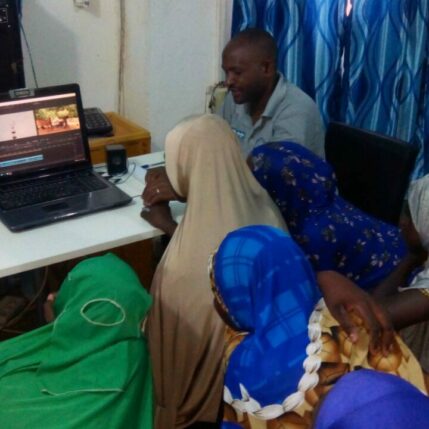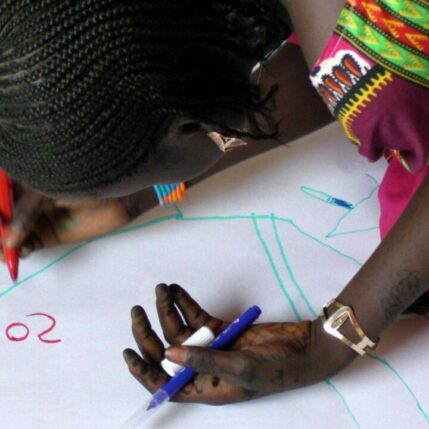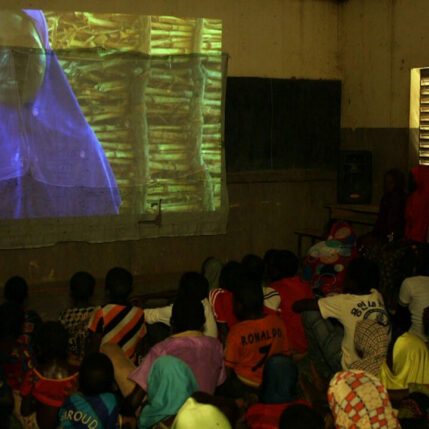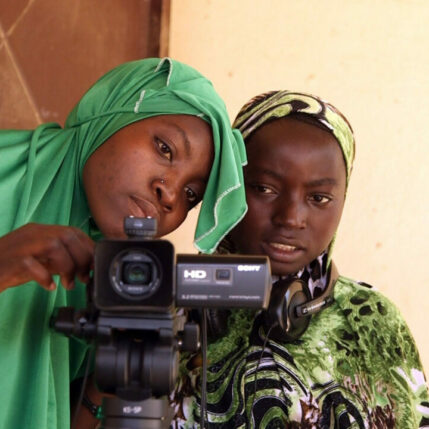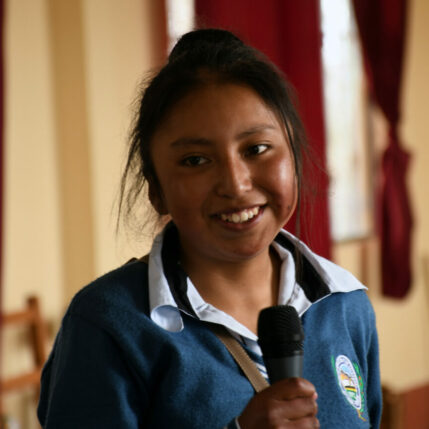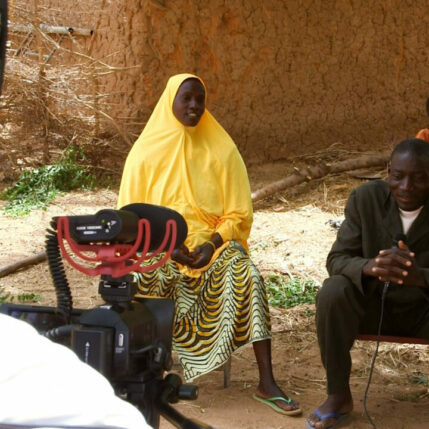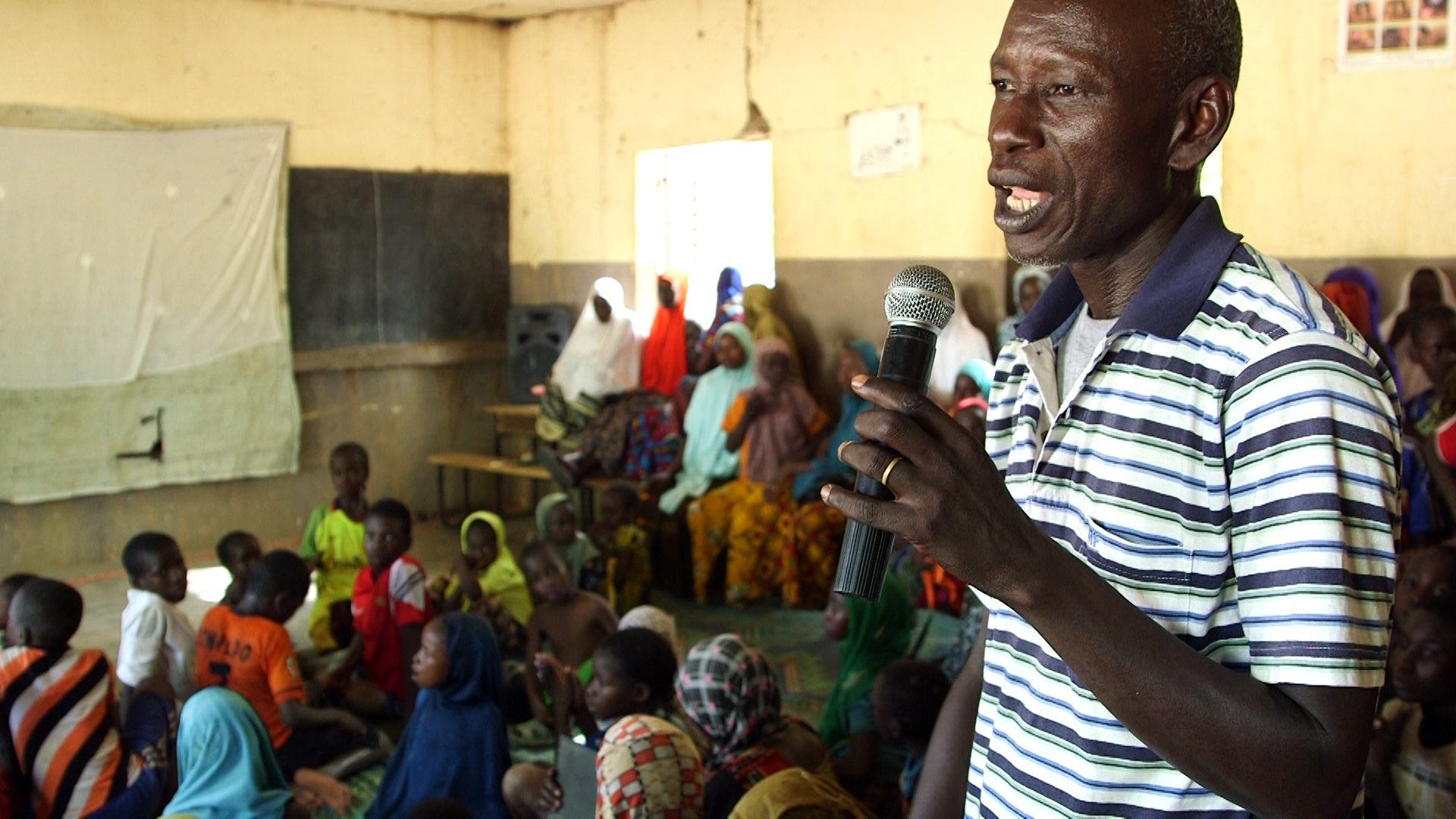A method of exploration and transformation
Participatory video is a set of creative and participatory techniques designed to involve a group of individuals in exploring their own history through the making of their own film. It uses video to enable individuals, groups and communities to explore issues that concern themselves while experimenting with other individual and social postures and thus stimulate a dynamic of change that emanates from within.


